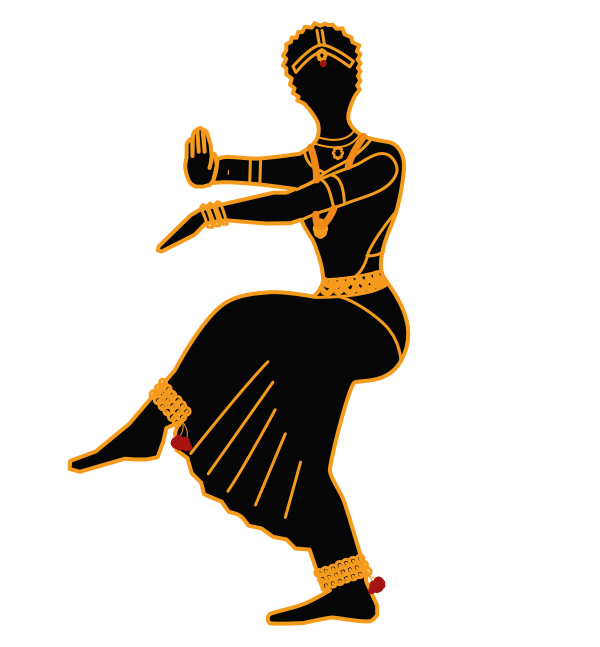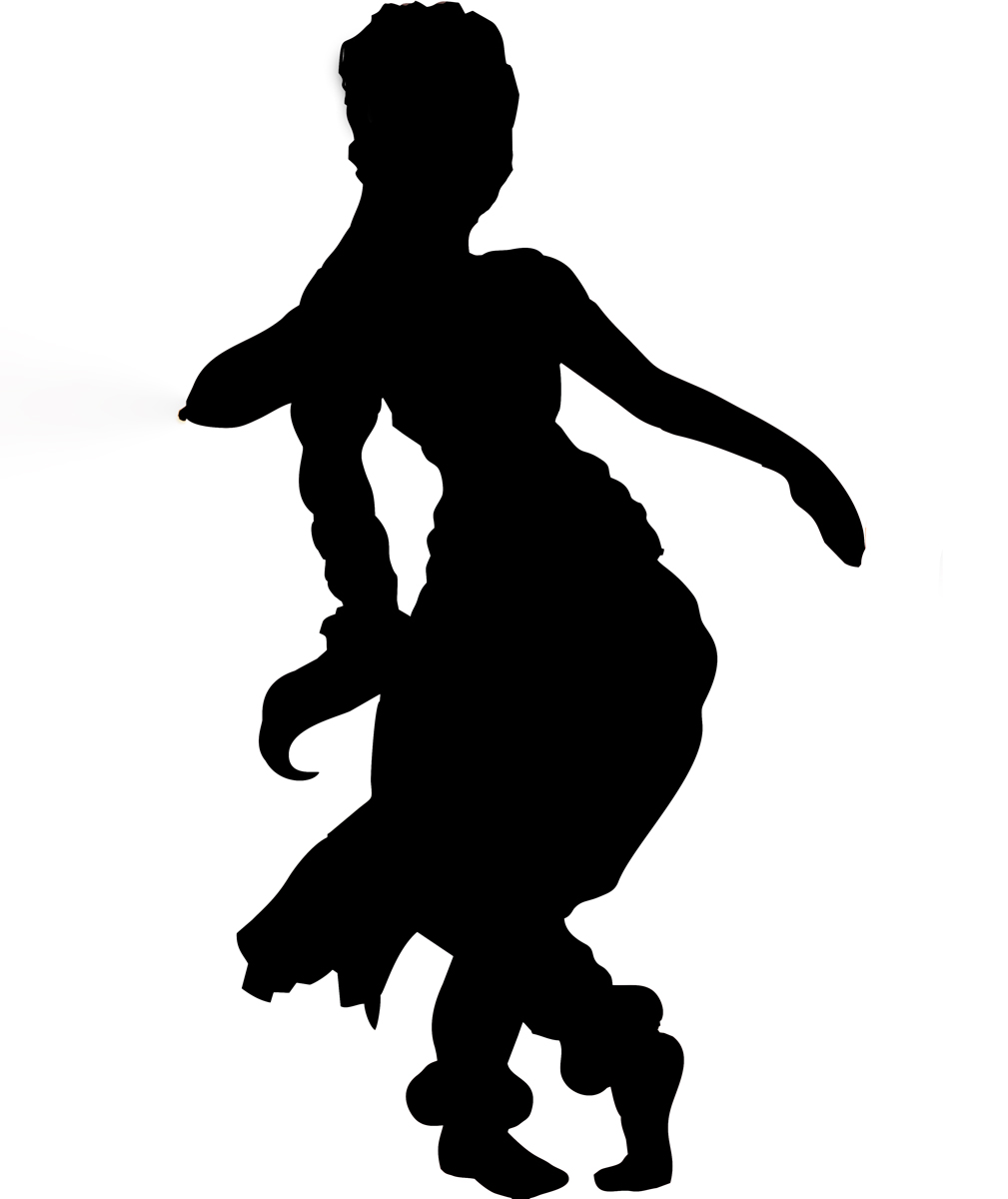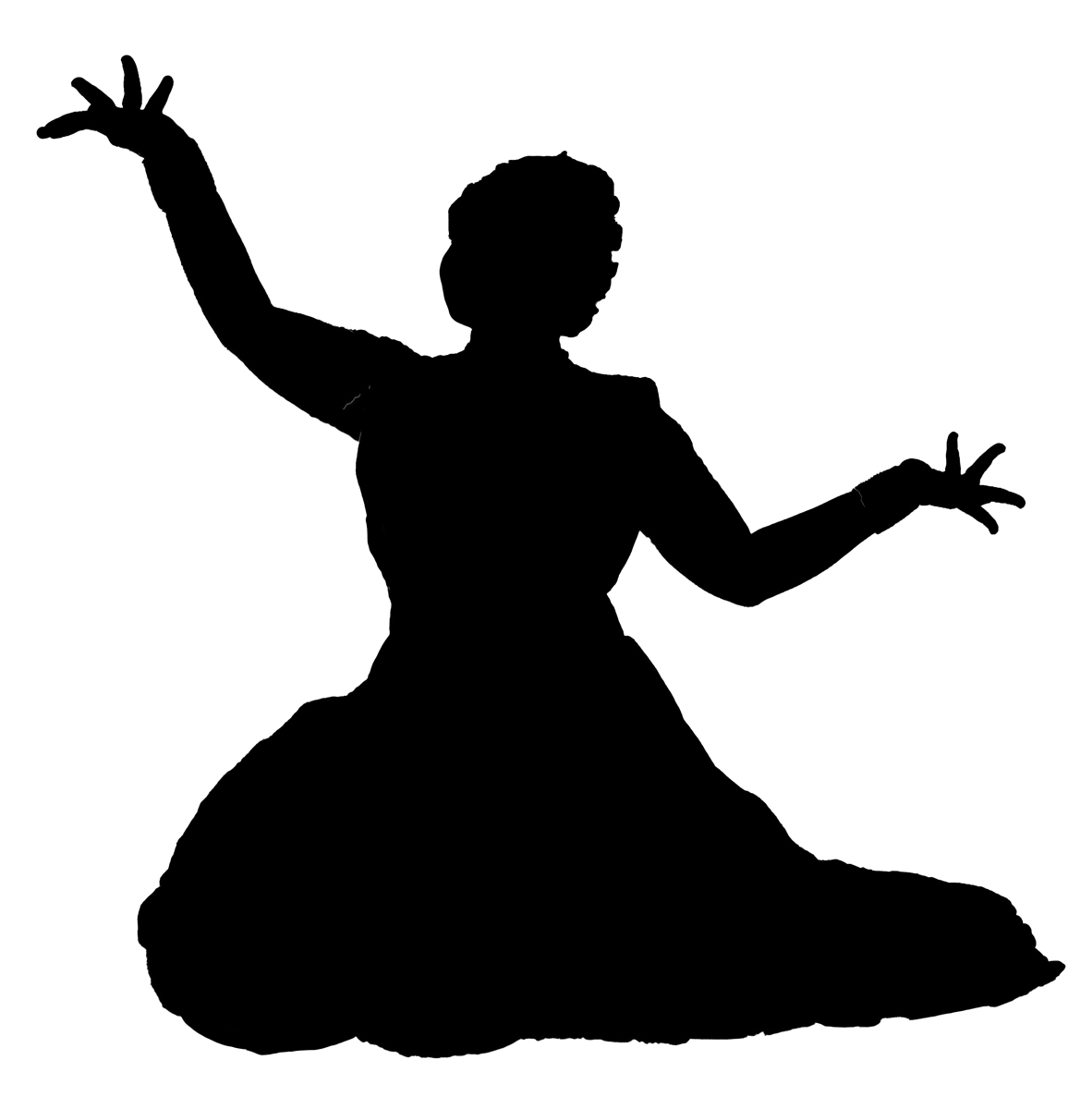Genres of Indian Classical Dance
Indian classical dance, or Shastriya Nritya, is an umbrella term for various performance arts rooted in religious Hindu musical theatre styles, whose theory and practice can be traced to the Sanskrit text Natya Shastra.
Indian classical dance forms recognized by the Sangeet Natak Akademi and the Ministry of Culture, India are as follows:
Kathak

The word Kathak has been gotten from the word Katha which implies a story. It was principally a sanctuary or town execution in North India wherein the artists described stories from antiquated sacred writings. Kathak started developing into a particular method of dance in the fifteenth and sixteenth hundreds of years with the spread of the bhakti development.
Manipuri

The beginnings of Manipuri moving can be followed back to old occasions, to the separated province of Manipur, northwest India. Here, enlivened by the consecrated dance types of Shiva and Parvati, an extraordinary social routine created, and Manipuri moving has since been a foundation of the locale’s incessant strict celebrations and customs.
Gaudiya Nritya

Gaudiya Nritya is a Bengal’s classical dance whose name traces its origin to Gaur, the capital city of Bengal once upon a time; it is now a ruined city on the Indo-Bangladesh border. This dance form is an amalgam of drama, poetry, colours and stories.
Bharatanatyam

Bharatanatyam began among the Hindu sanctuaries of Tamil Nadu, toward the southeast of the Indian promontory. Accepted to trace all the way back to the fourth century BC, the dance structure is best connected with the Devadasi culture – an old clan of ladies who filled in as prostitutes and entertainers in Tamil Nadu’s incredible sanctuaries.
Kuchipudi

The beginnings of Kuchipudi dance is related with the Krishna locale of Andhra Pradesh. Early types of this text, scribed in copper and found in the district’s antiquated sanctuaries, depict a sort of dance and social execution settled in the lessons of the Hindu confidence, which were conveyed all through India hundreds of years prior by the country’s beloved voyaging troubadours.
Kathakali

Kathakali is among India’s most distinctive classical dance routines. Hailing from the state of Kerala, the dance focuses on retellings of India’s great folk epics, with every element of the performance – from the elaborate costumes to the face paintings – inspired by Kerala’s ancient ancestors, culture and folklore. Enlisted in Indian classical dance.
Mohiniyattam

Mohiniyattam is a classic dance form of Kerala, which, like a handful of other traditional cultural dances, is documented in the ancient Sanskrit Hindu text of ‘Natya Shastra’ and enlisted in Indian classical dance.
| Bharatanatyam classical dance originated from Tamil Nadu |
| Kathak classical dance originated from Northern and Western India |
| Kathakali classical dance originated from Kerala |
| Kuchipudi classical dance originated from Andhra Pradesh and Telangana |
| Odissi classical dance originated from Odisha |
| Sattriya classical dance originated from Assam |
| Manipuri classical dance originated from Manipur |
| Mohiniyattam classical dance originated from Kerala |
| Gaudiya Nritya classical dance originated from West Bengal (excluded by Sangeet Natak Akademi) |


